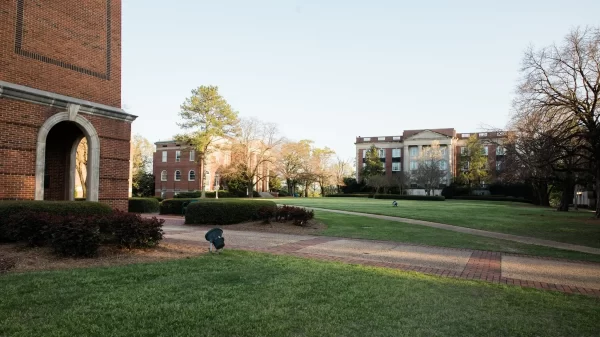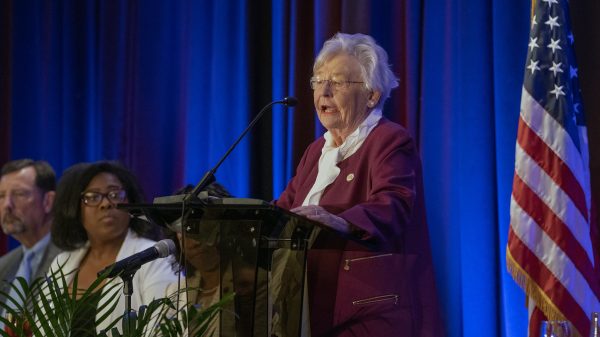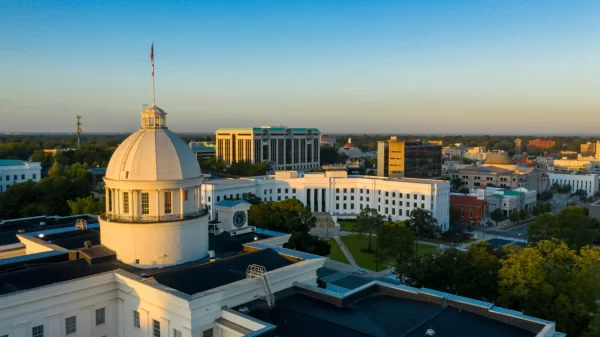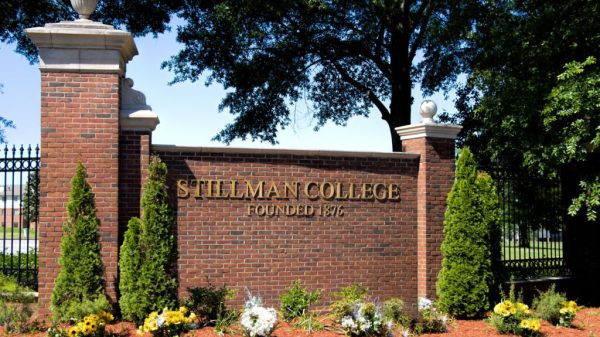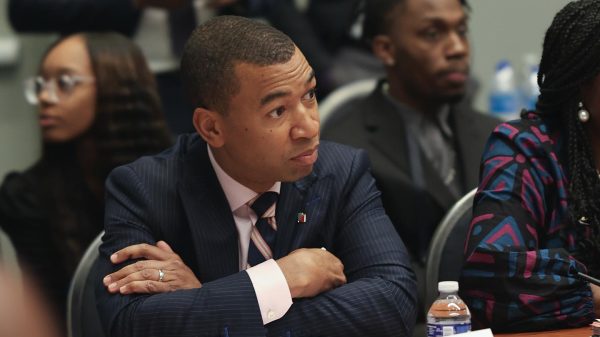By Brandon Moseley
Alabama Political Reporter
Wednesday, the Alabama Division of Wildlife and Freshwater Fisheries was awarded a $874,327.40 grant by the U.S. Fish and Wildlife Service (USFWS). The grant will use the money to restore and enhance longleaf pine on over 5,000 acres of both both private and state-owned lands to improve the habitat for endangered species.
The announcement came in a USFWS written statement announcing seven grants in total of $7.5 million. The states receiving the other six awards were divided among Idaho, Washington, Oregon, Nebraska, Hawaii, Michigan, Arizona, Montana, Texas, and Wyoming. According to the USFWS press release, the State Wildlife Grants Program provides federal grant funds for developing and implementing programs which benefit wildlife and their habitats. This includes species that are not hunted or fished. Priority is placed on projects that benefit species where the need is greatest.
The areas where the work is to be done include the Barbour Wildlife Management Area, the Coosa Forever Wild Tract, and private properties in several selected counties. The state had requested $1 million but got over 87% of their grant request. The state has to come up with matching funds, though it is unclear at this time whether that will be state or private money.
Secretary of the Interior Ken Salazar said about the Department’s grants programs: “Our strong partnerships with states, landowners and local communities are the key to the successful protection and recovery of threatened and endangered species, and these grants will fund important conservation work,” said Secretary Salazar. “While dozens of imperiled species will benefit from these efforts, improving the health of our land and water will also help the people, communities and economies that depend on these resources.”
When Alabama was first settled much of the state was naturally in longleaf pine. The big longleaf pines supported various grasses and other plants at the ground level. Many different species of wildlife thrived in this habitat and early settlers to the state found that the forests were lush enough to support large herds of cattle and hogs. However when that primordial pine forest were cut and then replanted (often after decades of cotton plantings) the species that Alabama foresters then preferred were loblolly and slash pines. Those species are faster growing during their first ten years of life than longleaf pine and they grow closer together and shade out more of the ground level plants. Mature loblolly forests thus support fewer species than the original pine forests of the south did. State and federal wildlife biologists believe that restoring land back into longleaf pine will help numerous endangered and threatened species recover.











